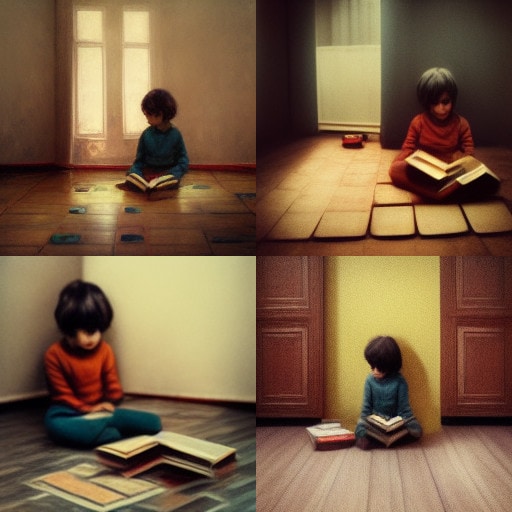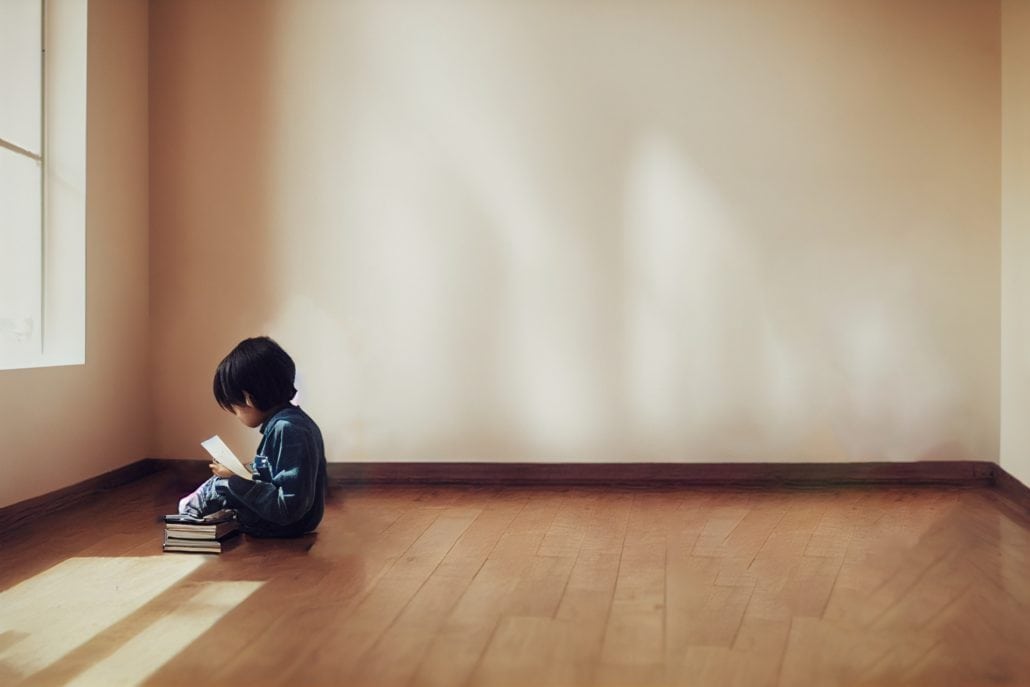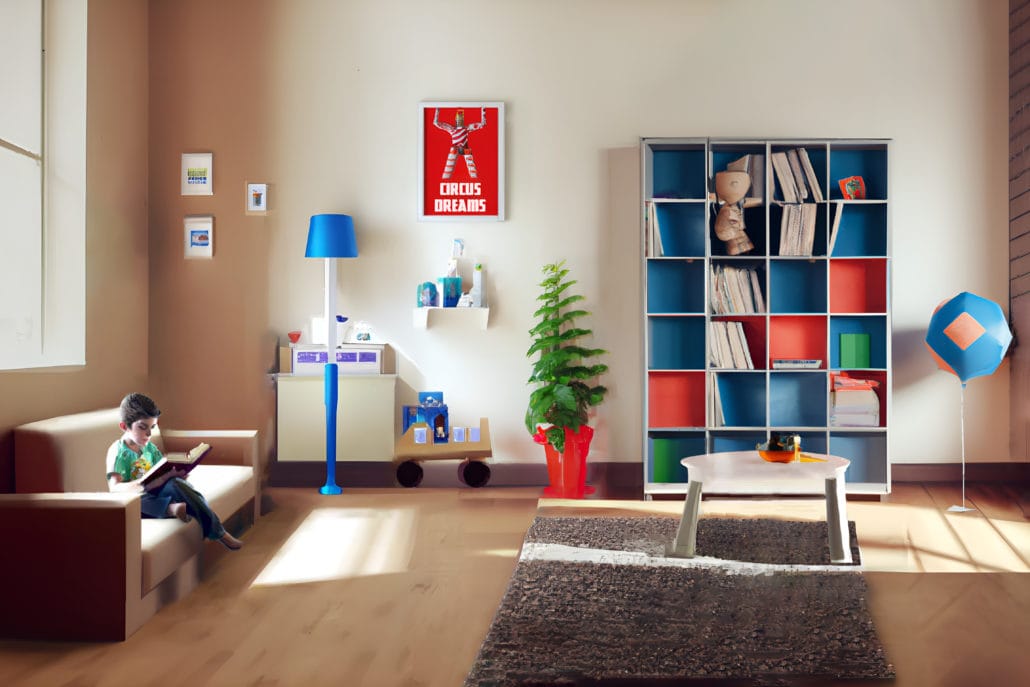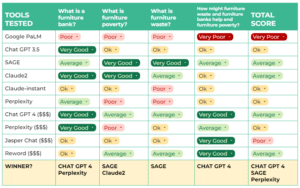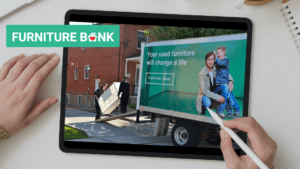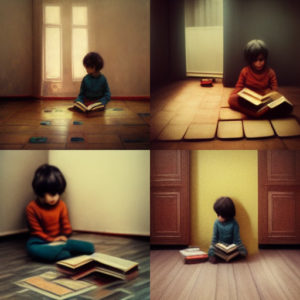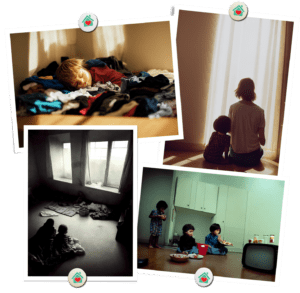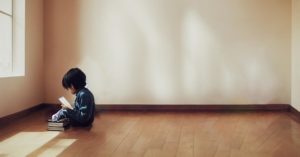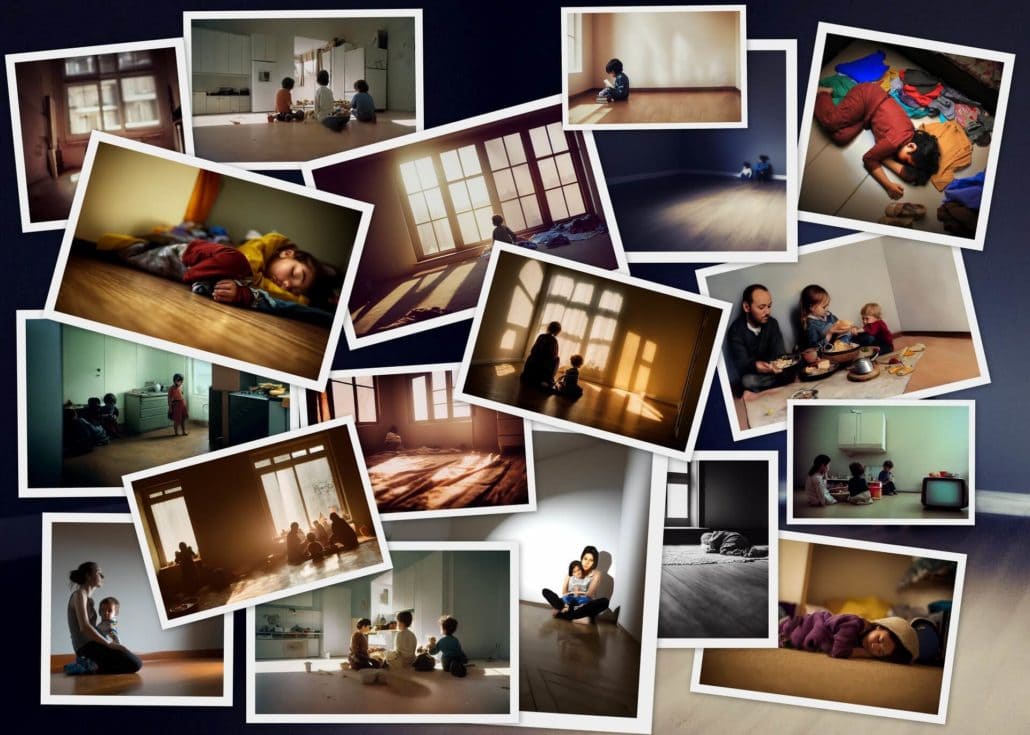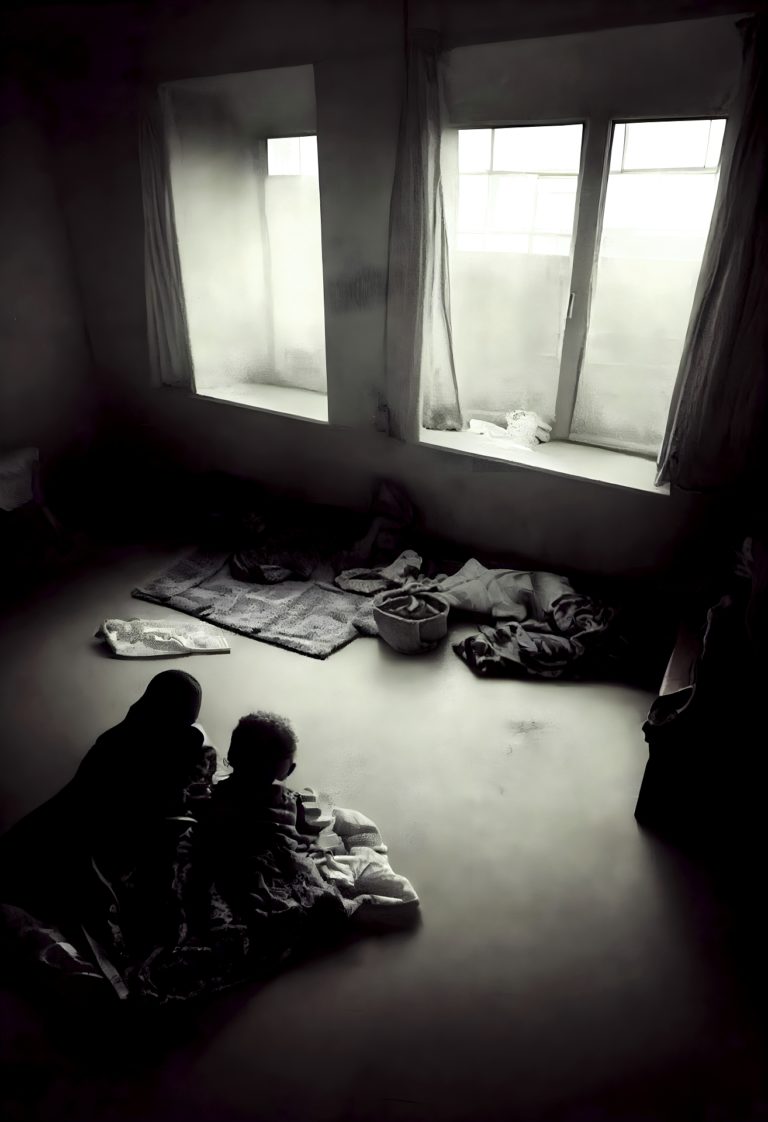
#AIForGood
Avoiding "poverty porn"
For more than 40 years, charities have relied on “hard-hitting” photos to shock donors into giving. “Poverty porn” is thought to increase awareness, advocacy and fundraising efforts. But these images exploit, objectify and dehumanize people who are at their most vulnerable, all to generate a compelling photo for a fundraising campaign.
In this increasingly visual world, Furniture Bank must leverage photography to generate donation, but how, ethically, can we take photographs of people’s lowest moments? How can we ask those coming out of crisis and experiencing furniture poverty to pose for photos of their children sleeping on piles of clothes on the floor, or families eating dinner on a bare floor, or mothers on mildewed mattresses comforting their children?
We can’t, and we won’t.
And yet, we need to show our supporters what this crisis looks like behind closed doors. For years we’ve been reliant on families who offered photos of their reality, but we cannot continue this practice. Instead, we’ve looked to our history of innovating with new technologies for an answer…


